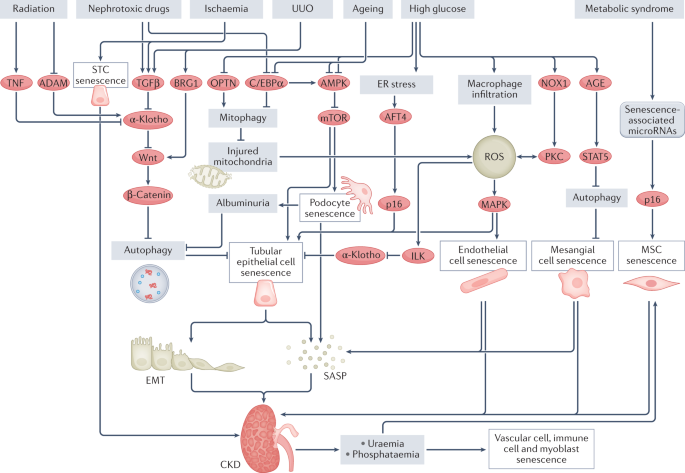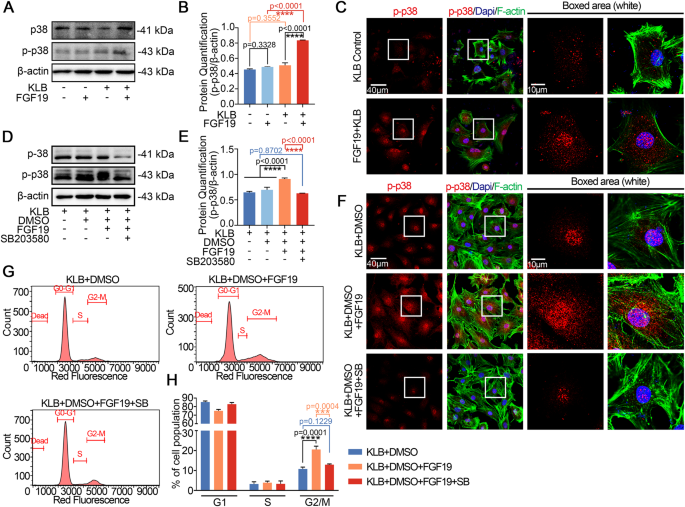Replicatively senescent cells are arrested in G1 and G2 phases - Figure F1
Por um escritor misterioso
Descrição
Senescent human fibroblast cultures contain a large fraction of putative G2-arrested cells with 4N DNA content. (A) Propidium iodide (PI) staining and flow cyctometric analysis of HCA2 normal human foreskin fibroblasts. Cells entered senescence at PD73. (B) PI staining of replicatively senescent human lung fibroblasts WI-38, and IMR-90 at PDs 73 and 68 respectively. (C) The fraction of 4N cells in senescent cell population does not diminish with time. Replicatively senescent HCA2 cells were analyzed by PI staining at weekly intervals for 10 weeks stating from the onset of senescence.

Cellular senescence: the good, the bad and the unknown

Full article: Dysregulated endolysosomal trafficking in cells

Full article: Dysregulated endolysosomal trafficking in cells

PDF) Replicatively senescent cells are arrested in G1 and G2 phases

Releasing YAP dysfunction‐caused replicative toxicity rejuvenates

Necessary and Sufficient Role for a Mitosis Skip in Senescence
Key elements of cellular senescence involve transcriptional
MicroRNA-152 and -181a participate in human dermal fibroblasts
Reduced transcriptional activity in the p53 pathway of senescent

FGF19 induces the cell cycle arrest at G2-phase in chondrocytes

Reciprocal regulation of p21 and Chk1 controls the Cyclin D1-RB
de
por adulto (o preço varia de acordo com o tamanho do grupo)






